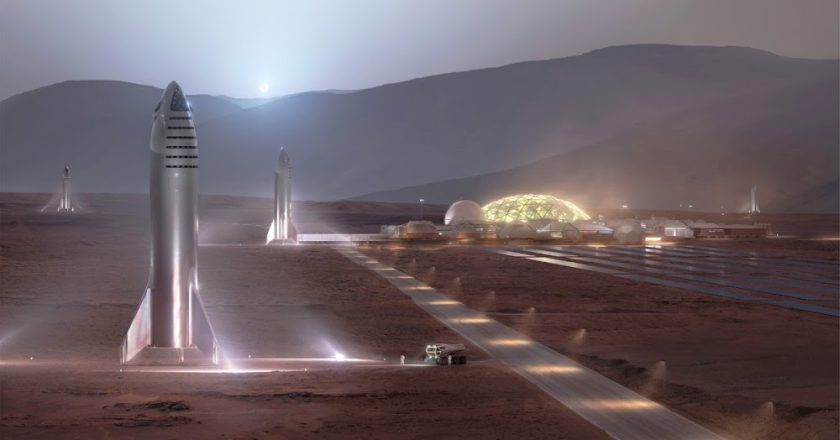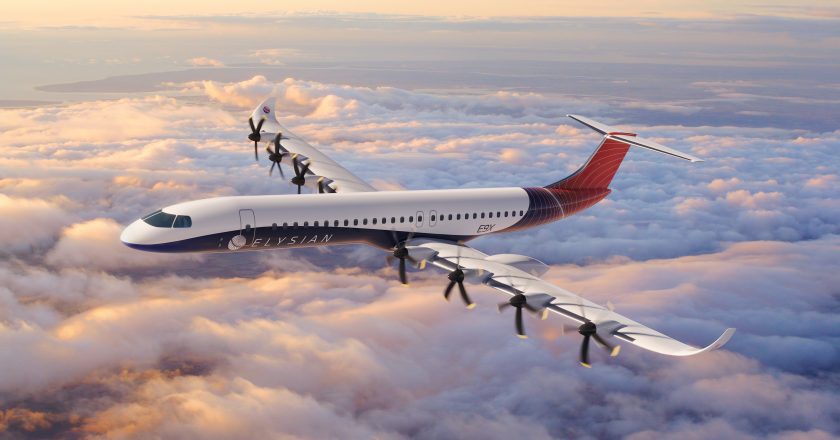A Dream of Mars
From Sumeria to SpaceX
Alex Nedelcu, Leonardo Times Editor
The ancient Sumerians made the first recorded observations of Mars.Subsequent civilizations, from Egypt to China, studied the motion of the planet and ascribed meaning to its blood-red color. But how have our views of Mars evolved? And how are our perspectives going to change in the future?
Mars has a radius equal to half the Earth’s, a thin atmosphere dominated by carbon dioxide and an utterly inhospitable climate [1]. Once, it might have been capable of sustaining life, as proven by the traces of water in solid form that were found in 2018 in polar regions. Its surface, covered in iron oxide, is reminiscent of blood, which led to the ancient Romans calling it Mars after their god of war.
Mesopotamia, China, Rome
Th...




